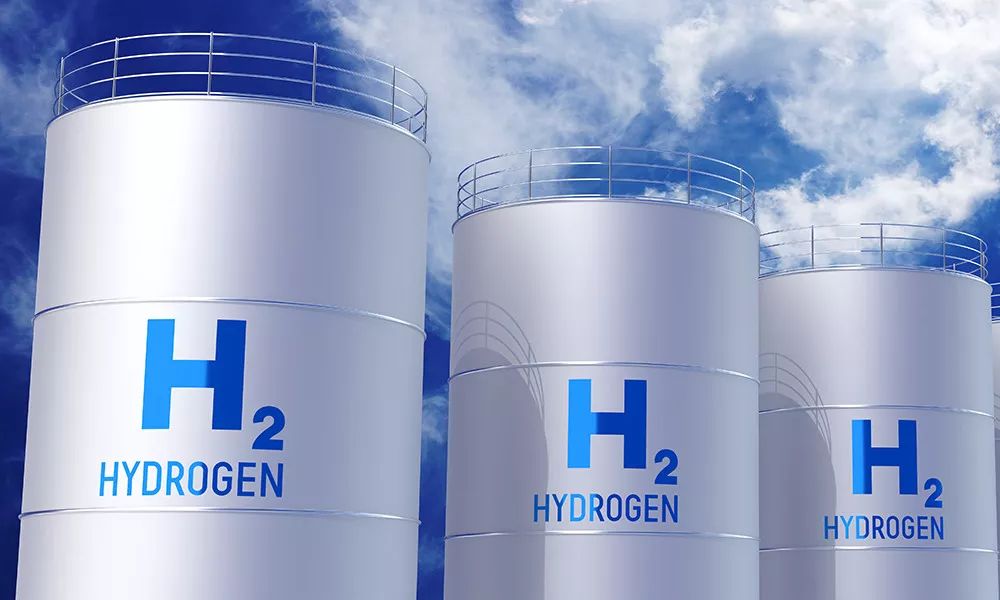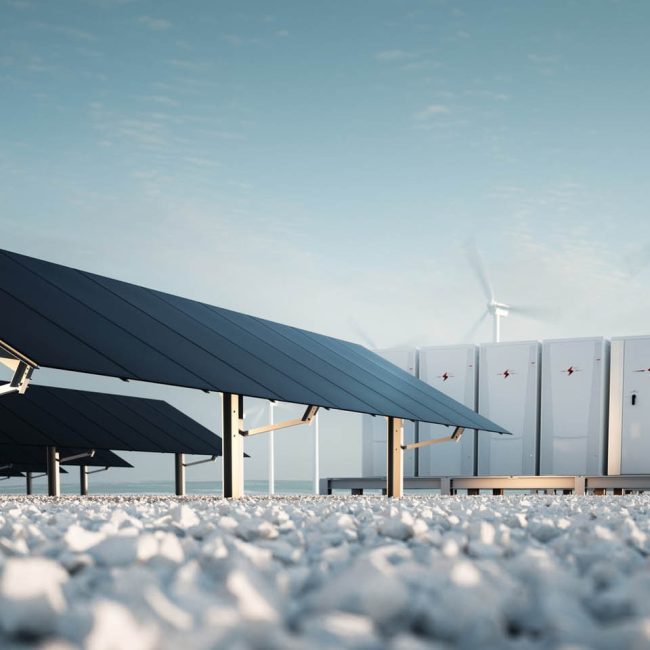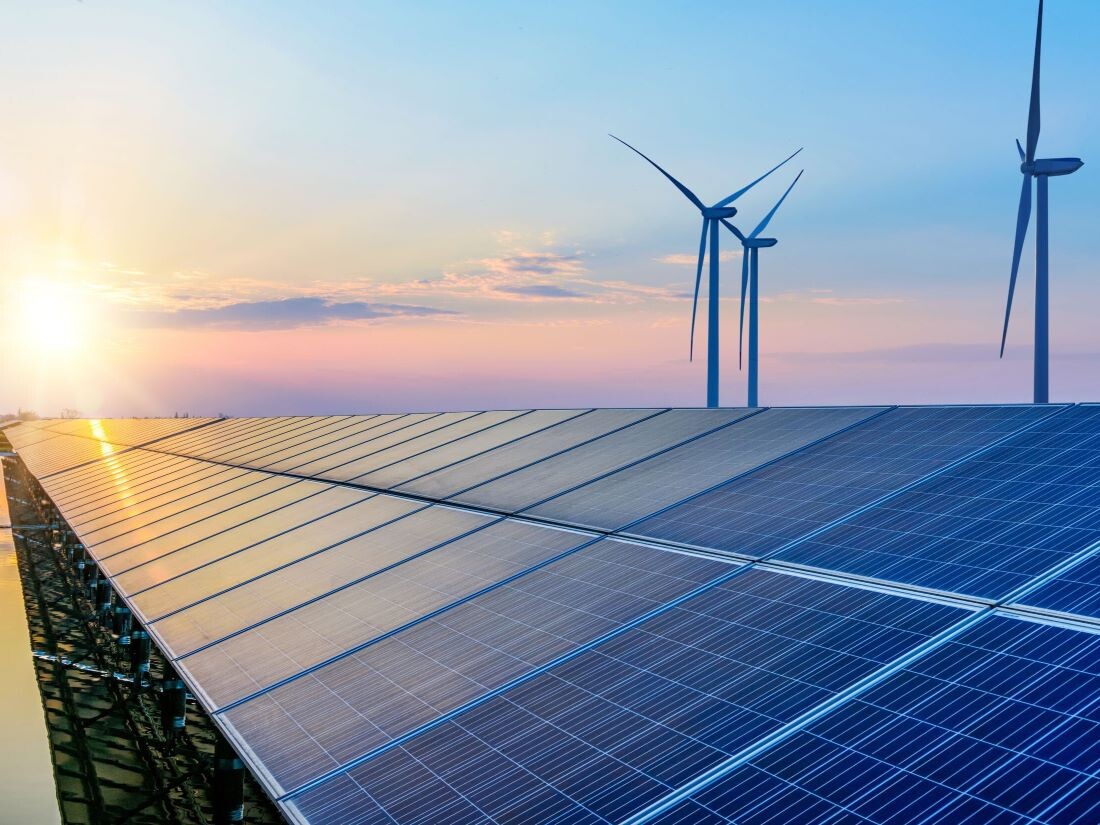The National Outlook
The U.S. energy transition is progressing rapidly, outpacing expectations. By the end of 2024, utility-scale wind and solar generation grew by 298.8 million megawatt-hours (MWh) since 2019, surpassing the 202.3 million MWh increase in overall power demand. This demonstrates that renewables can not only meet rising energy needs but also displace fossil fuels.
The shift is especially evident when comparing coal-fired and renewable generation. In 2019, renewables surpassed coal generation on just 38 days, but by 2024, this had risen to 294 days. With continued solar and wind expansion and further coal plant retirements, coal may never again outproduce renewables by 2026.

The U.S. power sector is not just moving away from coal but from fossil fuels as a whole. The rise in renewables has steadily reduced coal and gas’s market share, which stood at two-thirds a decade ago. During the 2020 pandemic, fossil fuels’ share fell below 60% for the first time and continued declining, reaching 57.8% by the end of 2024. This indicates renewables are capturing a growing share of the expanding market.
Looking ahead, the EIA projects a decline in coal and gas generation through 2026, even as overall demand rises. By then, fossil fuel generation will have dropped by 103 million MWh since 2019, while solar and wind will have increased by 465 million MWh. Solar alone is expected to grow 56.9%, surpassing 340 million MWh in 2026—nearly 8% of total U.S. demand, a remarkable rise from under 1% in 2017.

Texas
Texas, the U.S.’s largest and fastest-growing electricity user, is leading the transition from fossil fuels to renewables. Data from the Electric Reliability Council of Texas (ERCOT) shows that wind and solar accounted for 34.6% of Texas’s electricity in 2024, nearly tripling from 11.7% in 2015.
Solar has seen rapid growth, surpassing 1% of Texas’s generation only in 2019. By 2024, solar output exceeded 48 million MWh, capturing 10.4% of the market—a tenfold jump since 2019. Growth will accelerate through 2026, with 25,123 MW of solar capacity in advanced development. This expansion could soon make solar Texas’s third-largest power source, overtaking coal.
By 2026, the EIA projects that wind and solar will surpass gas as ERCOT’s top generation resource, producing 200.9 million MWh (40.1% of demand) compared to gas’s 194.6 million MWh (38.9%). This marks a historic shift in a state long dominated by fossil fuels.
ERCOT’s total generation has risen 20.2% since 2019, with wind and solar meeting the entire increase, growing by 78.8 million MWh. In the nation’s fastest-growing power market, renewables are expanding even faster than demand.

The scope of the Texas transition is evident in a chart showing the rapid growth in ERCOT’s solar generation. The 48 million MWh generated in 2024 would have been higher than the total electric generation in 19 states in 2023. By comparison, ERCOT solar generation in 2019, which was just 4.4 million MWh, would only have generated more than one state. Rapid renewable generation increases are clearly possible.
Battery Storage
Battery storage is a key technology helping to speed the transition away from fossil fuels. Essentially non-existent as a resource in 2019, installed battery storage capacity in the U.S. has soared since, likely topping 30,000 MW at the end of 2024, with an additional 15,000 MW of storage capacity likely to be added by the end of 2025.

Battery storage resources are already having a dramatic impact on how some of the biggest electric markets operate across the U.S. because of their ability to be charged with cheap solar power during the day or cheap wind power at night, and then deliver that power in the morning or evening when demand rises.
According to the California Energy Commission, the state had installed 13,391 MW of battery storage capacity by the end of 2024, 11,462 MW of which is utility-scale capacity and the rest split between residential and commercial units. Of the statewide total, the California ISO (CAISO), which supplies 80% of the state’s demand, says it operates 11,454 MW of battery storage capacity.
The impact of this capacity is clear in CAISO’s generation statistics.
On Oct. 7, 2024, CAISO set a battery discharge record of 8,354 MW at 6:10 PM during a heat wave, as solar generation declined. In 2019, this stored capacity didn’t exist, requiring more gas generation or imports, with price and supply uncertainties.
The discharged power was likely stored solar energy from earlier in the day, preventing curtailment. This approach reduces emissions, lowers fuel costs, and minimizes wear on thermal generators from rapid ramping.
Battery storage is now essential for daily operations, helping reduce gas ramping needs at sunrise and sunset. On Jan. 15, batteries supplied 3,970 MW (14.6% of demand) to the CAISO grid at 7 AM and exceeded 4,000 MW for three evening hours, covering at least 16% of demand—capacity that would have come from gas just a few years ago. Market forces, not policy, have driven this transition, making it hard to reverse. With massive solar, wind, and battery projects in development, the shift to a greener grid is inevitable, even if its pace remains debated.











